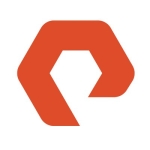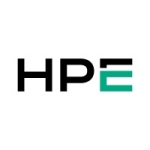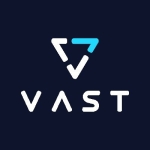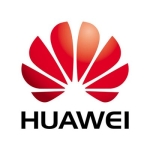What is our primary use case?
We use it for all kinds of needs, such as infrastructure needs, and application services. We are using the latest version of this solution.
What is most valuable?
Their support is the most valuable. The support that we are getting from HP Turkey is very good.
This product is better than some of the other products in terms of reliability. It is very reliable.
What needs improvement?
We are using a built-in solution in 3PAR. We are using All-Flash Storage, and there are some difficulties with it. HPE has now developed a new tool system to support All-Flash, and that's why we are changing our investment.
They must increase its performance. I want unlimited support, which is very important for performance. I am not interested in spinning disks. HPE is developing new storage systems called Primera, but they must be developed more.
For how long have I used the solution?
I have been using this solution for more than five years.
What do I think about the stability of the solution?
3PAR systems are stable. We don't have any problem, but in the past, we had a problem with the 3PAR disk. I don't remember the disk vendor, but it was about the disk. That's why we changed all disk parts, which was a bit of hard work for us. We didn't have any other problem other than the disk problem a few years ago.
What do I think about the scalability of the solution?
It is easily scalable. It is easy to scale, but if you plan to increase it substantially, it can be a bit difficult.
I'm a service provider. We provide support for Unix servers for many companies and customers. Some companies have more than 1,000 3PAR users.
How are customer service and technical support?
The support that we are getting from HP Turkey is very good.
Which solution did I use previously and why did I switch?
We are using IBM Flash Storage. In Turkey, IBM has more support and more products for the flash systems, which is an advantage. Performance of the storage is also better.
We are also using FUSE Storage, which is also All-Flash Storage. Their performance is also better than HPE 3PAR. HPE 3PAR doesn't support any images.
How was the initial setup?
The initial setup was simple.
What about the implementation team?
Our storage team deploys the HPE 3PAR system. Sometimes, we also need some support from the local HPE support team. Its maintenance is done by a vendor.
What's my experience with pricing, setup cost, and licensing?
It is a bit more expensive. IBM is cheaper than HPE in Turkey.
What other advice do I have?
The most important things are availability, scalability, reliability, stability, and performance. We are service providers, and the customers want availability. You must focus on these things before buying storage. I advise going for All-Flash Storage to all people because spinning disks take too much space and electricity and provide less performance. That's why NVMe is better.
I would rate HPE 3PAR StoreServ a seven out of ten.
Which deployment model are you using for this solution?
On-premises
Disclosure: My company has a business relationship with this vendor other than being a customer. Partner












